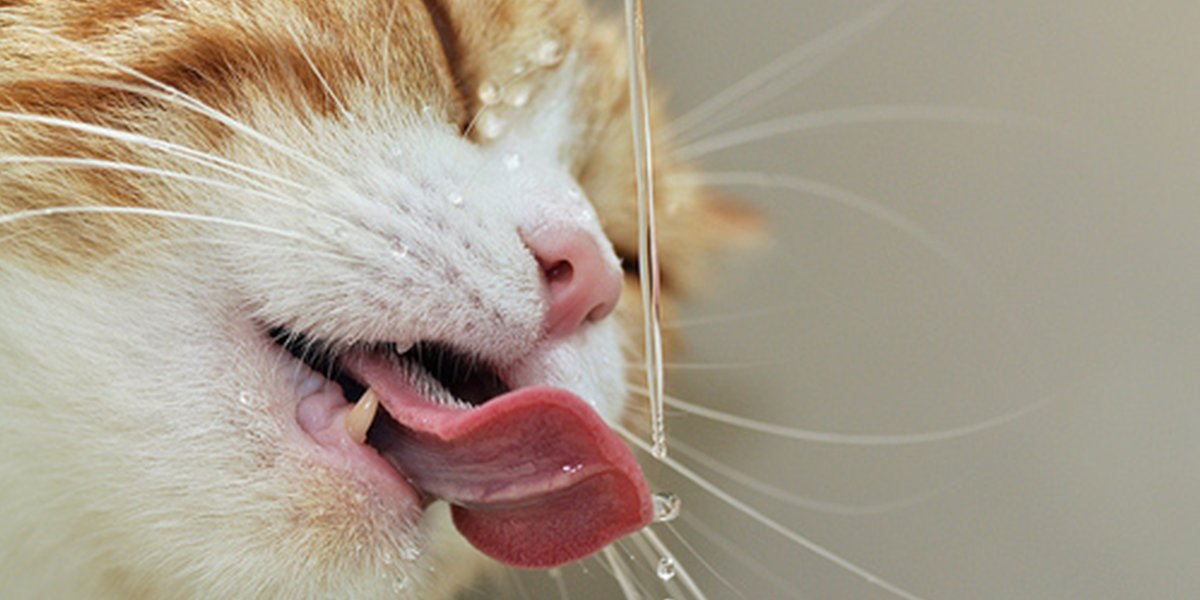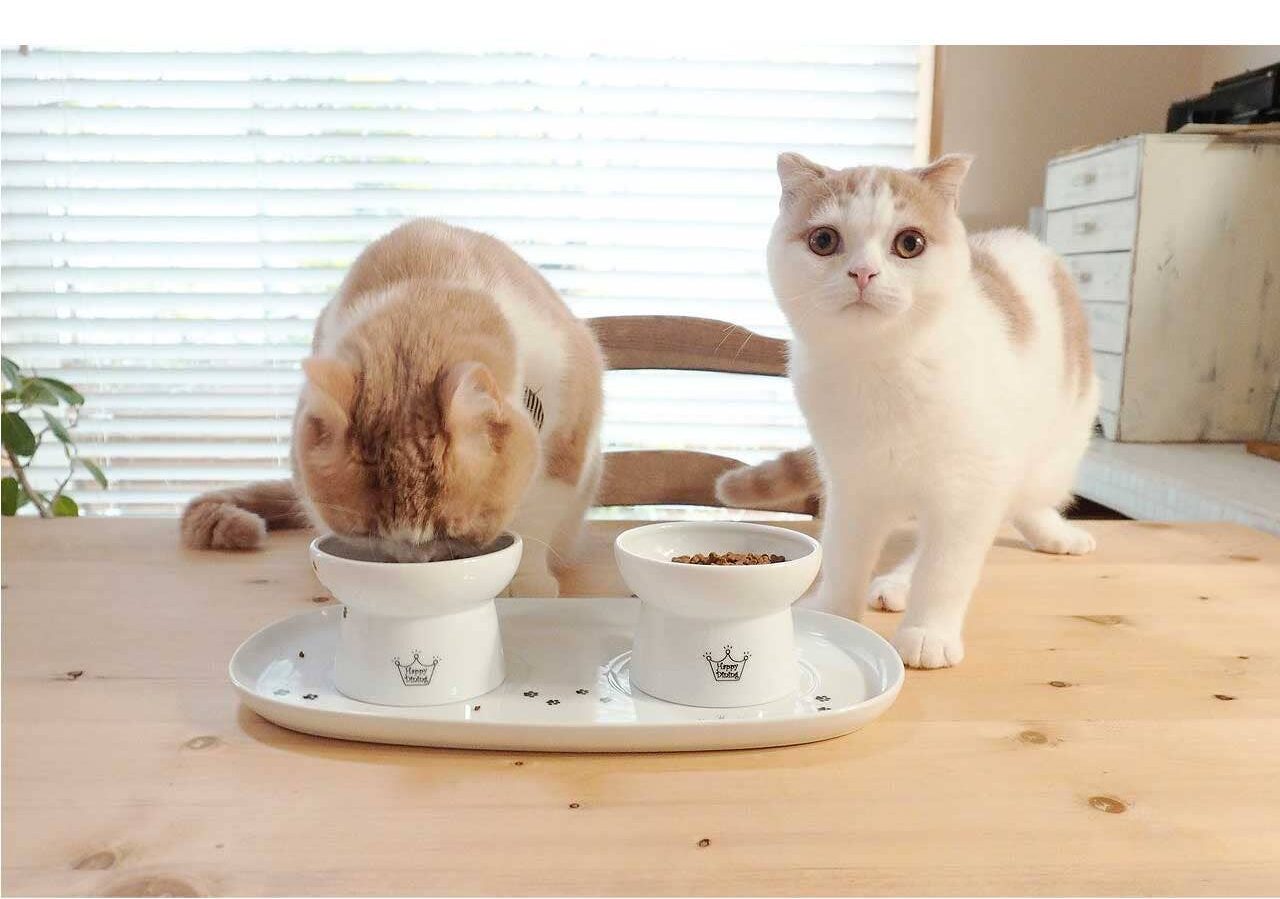This article first appeared on iCatCare here.
There are times when it might be helpful to encourage your cat to drink more fluids.
Examples of this include but are not limited to:
- Cats with kidney disease
These cats are more vulnerable to becoming dehydrated and this can worsen their kidney disease. - Cats with feline idiopathic cystitis (FIC)
Producing larger volumes of more dilute urine helps to prevent relapses of this condition.
Type of water bowl
Choose a bowl from which your cat will want to drink from.
- Experiment with the types of bowl that you offer your cat
- In general, cats prefer glass, metal and ceramic dishes to plastic ones
- Most cats prefer a wide shallow bowl so that they do not need to put their head inside the container to drink from it. Cats do not usually like their whiskers to touch the side of their water (or food) bowl
- Some cats like drinking from tumblers (choose a non-breakable one if placing on a high up surface
- Fill the water bowl to the brim – cats like to drink from a full container
Number of water bowls
Have several water bowls so that your cat does not need to go far to find one.
- For example, one on each level of the home so the cat does not need to go up or downstairs to find their water
- If you have more than one cat, you need to provide enough resources for each ‘social’ group of cats – at least one bowl of water for each social group of cats in the home
Location of water bowls
Choose a good location for your water bowls.
- Away from the food bowl: cats prefer not to drink near their food
- Avoid double bowls (one side for water and the other for food). Your cat will drink more if food and water are offered in separate locations
- In a quiet location – away from doors that are heavily used or especially busy places
Other water supplies
Consider running water sources as some cats like to drink from moving water.
- Water foundations
- Other options include:
- A dripping tap
- A shower tray or bath with a small amount of water in it
- Placing a ping pong ball inside a large diameter bowl full of water – some cats will enjoy playing with this and it can stimulate drinking as well as helping to create some movement of the water which many cats like

Different types of water
Consider experimenting with different types of water – see if your cat has a preference. Many cats do not like heavily fluorinated water.
Try:
The full range of Necoichi raised bowls and accessory now available @ Katzenworld Shop
- Tap (‘faucet’) water (as long as safe for human consumption)
- Collected rainwater – for example from containers placed in your garden
- Many cats prefer to drink from puddles and water sources in the garden if given a choice
- Mineral water
Other liquids to try
- Water left over when a piece of chicken or fish has been cooked by poaching
- Liquid from a can of tuna in spring water
- Prawns, fish or meat liquidised in water to create a soup or broth
Liquid to avoid:
- Salty liquids such as brine
- Milk
- If your cat has kidney disease this is not ideal as it contains high amounts of phosphate which is not good
- Cow’s milk cannot be fully digested by cats so it may cause diarrhoea
- Anything containing onions or onion powder eg. stock. Onions are poisonous to cats
Other tips
- Offer water and other liquids at room temperature where possible (the flavour is reduced in cold liquids)
- Feed a wet diet (cans or pouches) rather than a dry diet
- Check with your vet before changing your cat’s diet
- Adding extra water to wet food can also help increase water intake. Some cats will happily eat food that resembles soup! (add water at room temperature rather than cold water).
- If your cat will only eat dry food, try adding water to their food
- Be persistent
- Be gradual in making changes – cats do not like sudden changes to their food or water
I am the feline behaviour specialist at feline charity ‘International Cat Care’. We are about engaging, educating and empowering people throughout the world to improve the health and welfare of cats by sharing advice, training and passion.
